Fact: the average Canadian throws out 720 kilograms of waste every year. That’s like throwing out 9 of your friends every year! We don’t tend to think about the consequences of this: our landfills are producing methane and regularly reach capacity, while disposable plastics which we use without thought every day are found tangled around marine life and in the stomachs of whales and albatrosses. What can we do, as individuals, to change this story? Kristina Charania, our Marketing and Design Coordinator, asked herself this very question and began living zero waste last June. One year into living this low-impact lifestyle, we asked her to share her story with us.

Q: Who inspired you to begin your journey of living zero waste?
Answer: There are a lot of popular environmental figures who have encouraged me to be a good global citizen—like Jane Goodall and David Suzuki, for example. But the person who first introduced me to zero waste was Lauren Singer. After coming home from a weekend trip to Portland two years ago, I was binging TED talks and came across Lauren’s talk titled “Why I live a zero waste lifestyle”.
Q: What did you realize when you watched Lauren’s talk?
Answer: People often talk about light bulb moments, and that’s exactly what I had after watching this talk. Lauren’s words made many things clear to me that had previously been hazy. If I cared so passionately for the environment, and worked hard for organizations that feel this way too—and was able to do more than I had been doing—I needed to walk the talk. Living a zero waste lifestyle is my way of doing that.
Q: What was the most difficult part of transitioning to zero waste?
Answer: Honestly, getting started was really hard. There are so many ways that I had been creating waste, and so many habits to change! My approach was to dig around in my garbage a bit, figure out what my biggest sources of waste were, and work on those first. My top three sources were paper towels, toiletries like toothpaste tubes and makeup products, and food packaging waste.
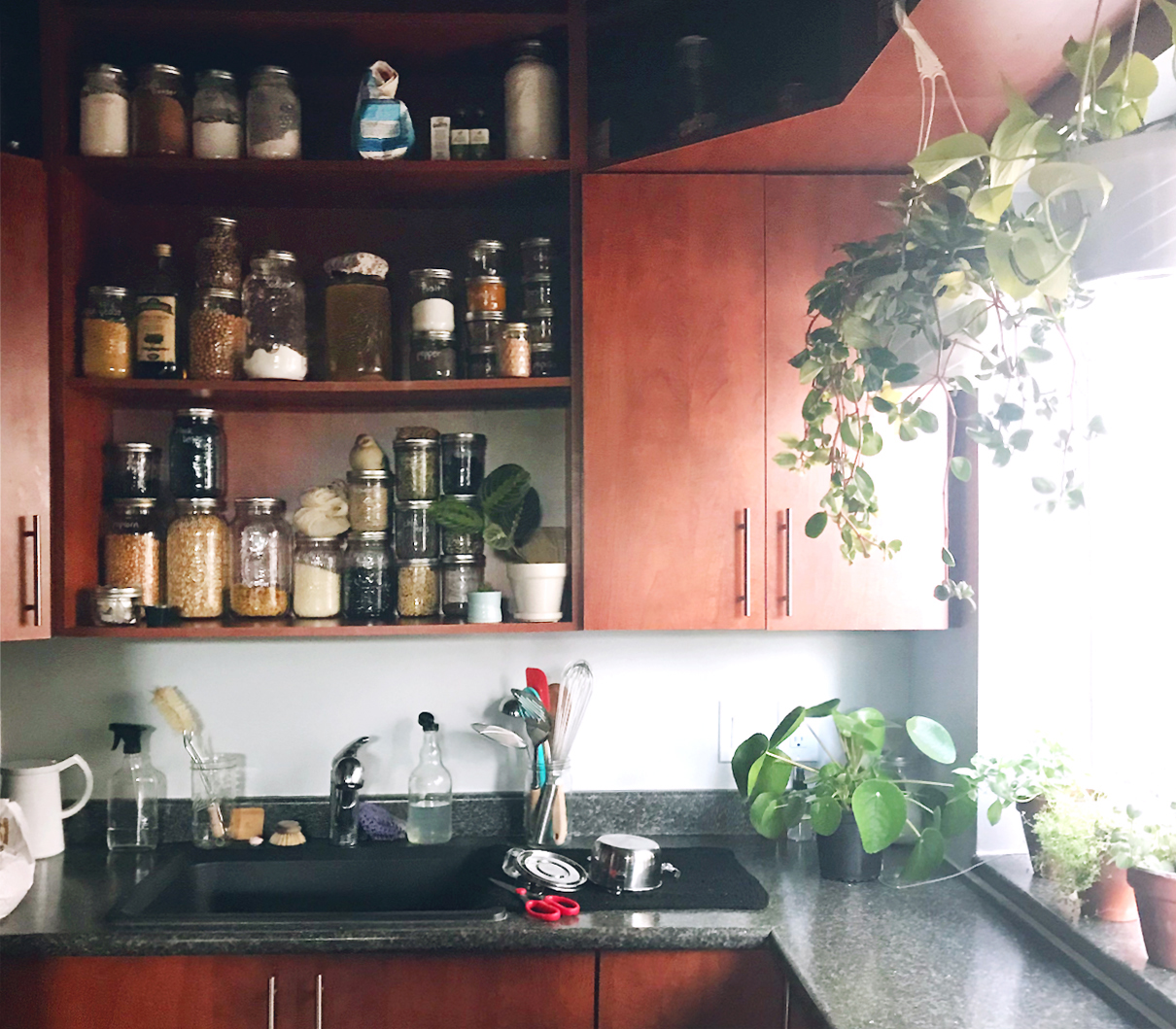
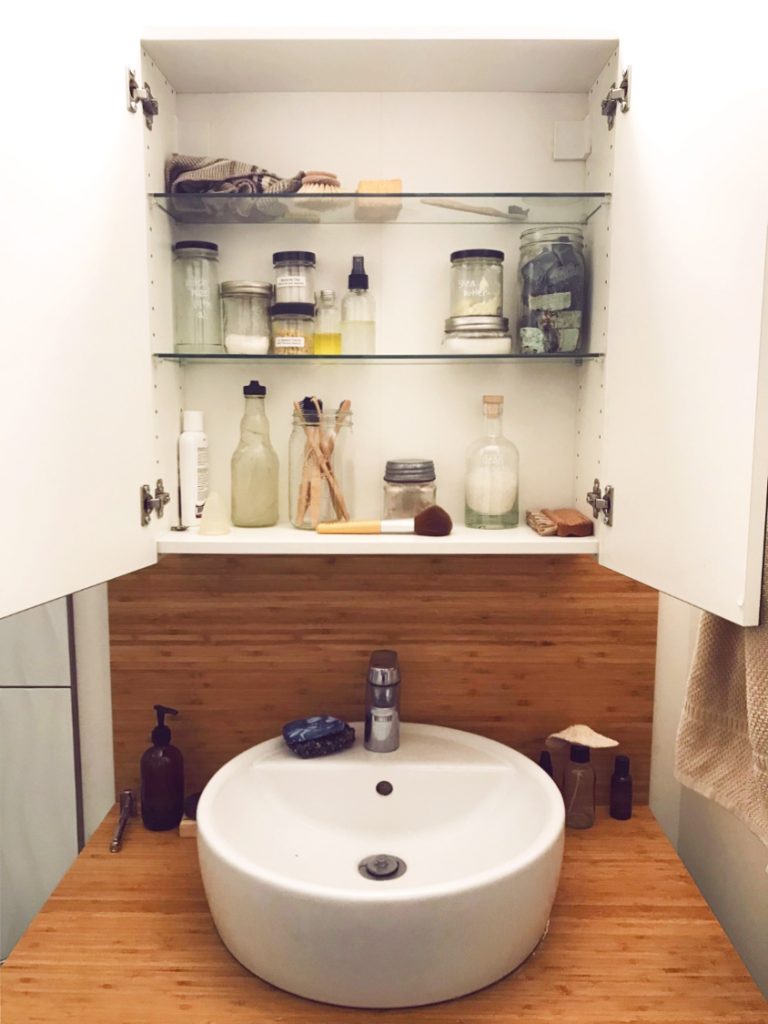
Q: Do you have any top tips for reducing waste around the home?
Answer: I think minimalism and living zero waste often go hand-in-hand, so my tip is actually about simplifying your belongings. My rule of thumb is to choose products that can serve multiple functions, so I have fewer things that can do more for me. When you own less stuff, you spend less money, have less clutter, cleaning is easier—and, yes, you have fewer things to recycle, compost, or repair at their end-of-life. Jars are a great example of an item that serves more than one function. You can use them to store bulk items, hold your hot coffee or cold smoothie if you’re out, water your plants, take food to-go at restaurants, and so much more.
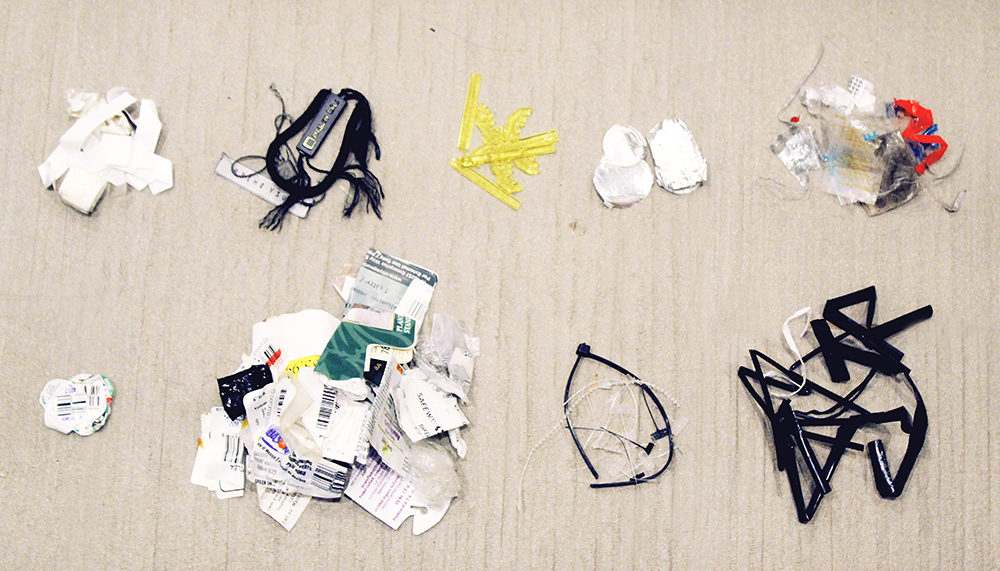
Q: Can you tell me what is inside your jar after a year of living zero waste?
Answer: The biggest categories of what’s in my jar are:
- Plants and gardening
In the past year, I have come into a huge plant obsession. I have about 70 plants in my suite right now and have certainly not had my fill of them yet! While plant pots are recyclable where I live, sometimes there are plastic stickers on terracotta pots I buy or other plastic tags attached to stand-alone plants like air plants.
- Straws + drink accessories
I’ve definitely ended up with straws even when I have asked my waiter or waitress to not have one. One time, I went to a surf-themed restaurant and asked for no straw…but got a very big plastic stir stick with a palm tree on it instead! Sometimes, life just happens like this.
- Tape
I moved a few times in my first year of being zero waste, and in doing so I bought a few new furniture pieces that were very minimally packaged but did have some tape around different parts.
- Labels, stickers, and container seals
There have been a few times this year where I have been so busy that I’ve had to buy something in a glass container that has a seal on it that was more convenient for me than transiting to my bulk stores. And you know what—that’s okay.
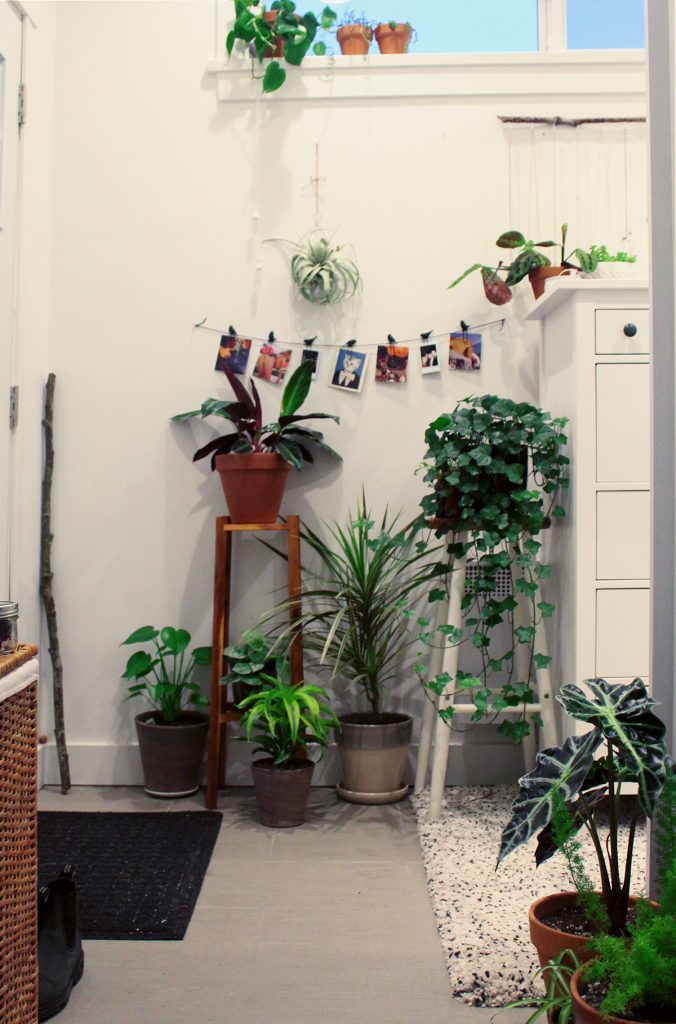
Q: What other advice would you give someone hoping to move closer to living zero waste?
Answer: There are so many different ways I can give advice. To start off in a logistical sense, the number one thing I suggest doing is conducting a waste audit. This will help you identify what you’re throwing out the most, and narrow your focus onto a few things you can find alternatives for. For example, I started using reusable t-shirt rags instead of paper towels and that easily reduced my garbage volume by 20%.
My second piece of advice would be to return to the reason you want to reduce your waste. Allow that reason to motivate your journey! Initially, I had climate change and protecting our beautiful ocean and incredible marine life in mind, but as the year went by, I also started to learn more about the negative impact our waste has on other people, and about the people who are behind the positive environmental initiatives being made in my city and globally. There are so many opportunities to solve social and environmental problems at the same time. For example, Quest Food Exchange in BC recovers surplus grocery store food and provides it at a discount to those who have financial difficulty. This both prevents food waste and helps feed hungry stomachs.
Finally, I would say: don’t lose hope! There’s a lot of climate despair in our media these days. While it’s important to understand what’s happening to our planet, we can’t shut down and stop trying to find solutions because we feel as if we can’t change our trajectories. I think if we work together to reduce our waste and support members of our community who are disadvantaged, we have an absolutely bright future ahead of us.
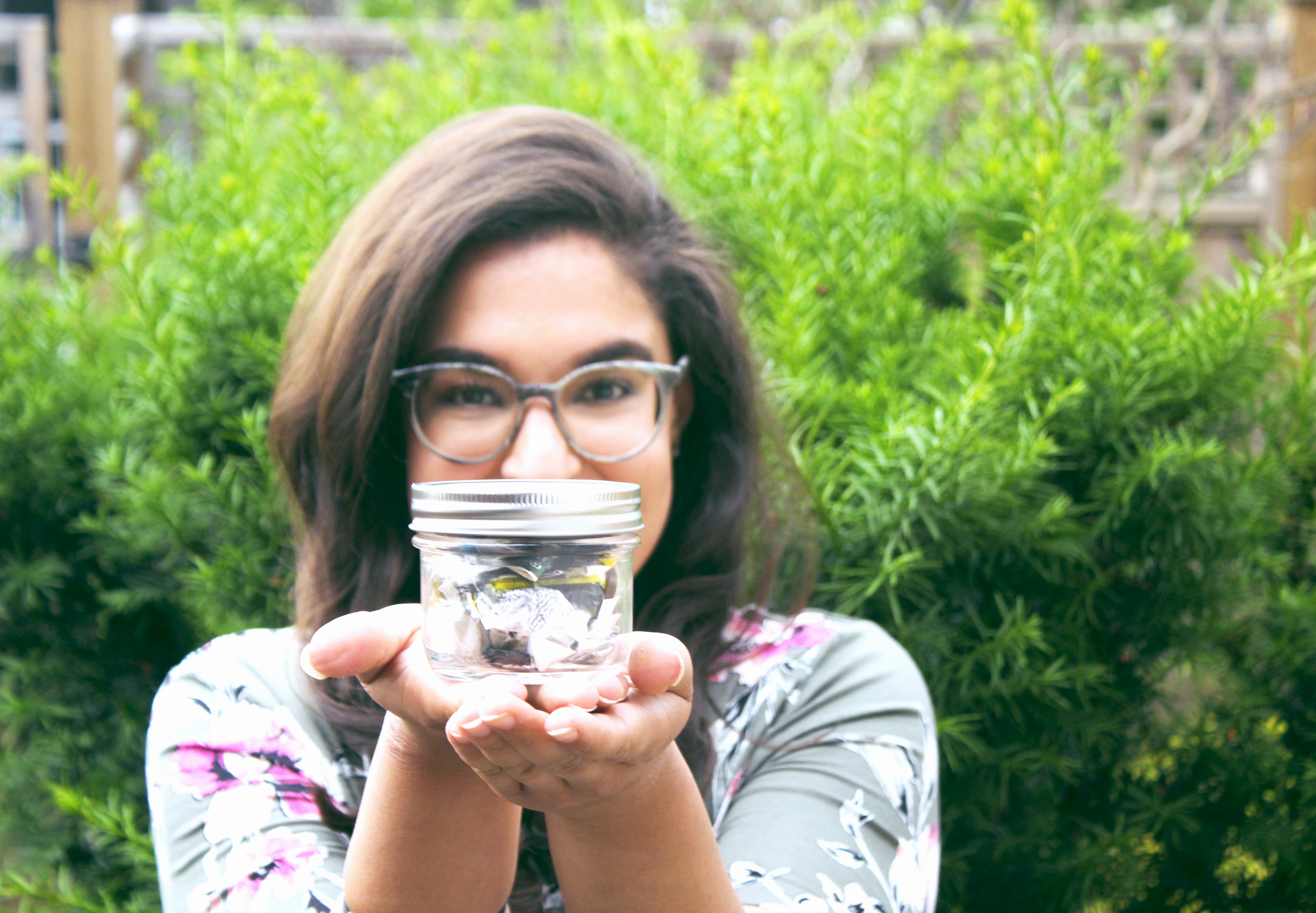
Feeling inspired? To learn more about reducing your waste, check out these zero waste tips from our office. We’d love to hear your own tips – connect with us on Facebook, Twitter and Instagram.
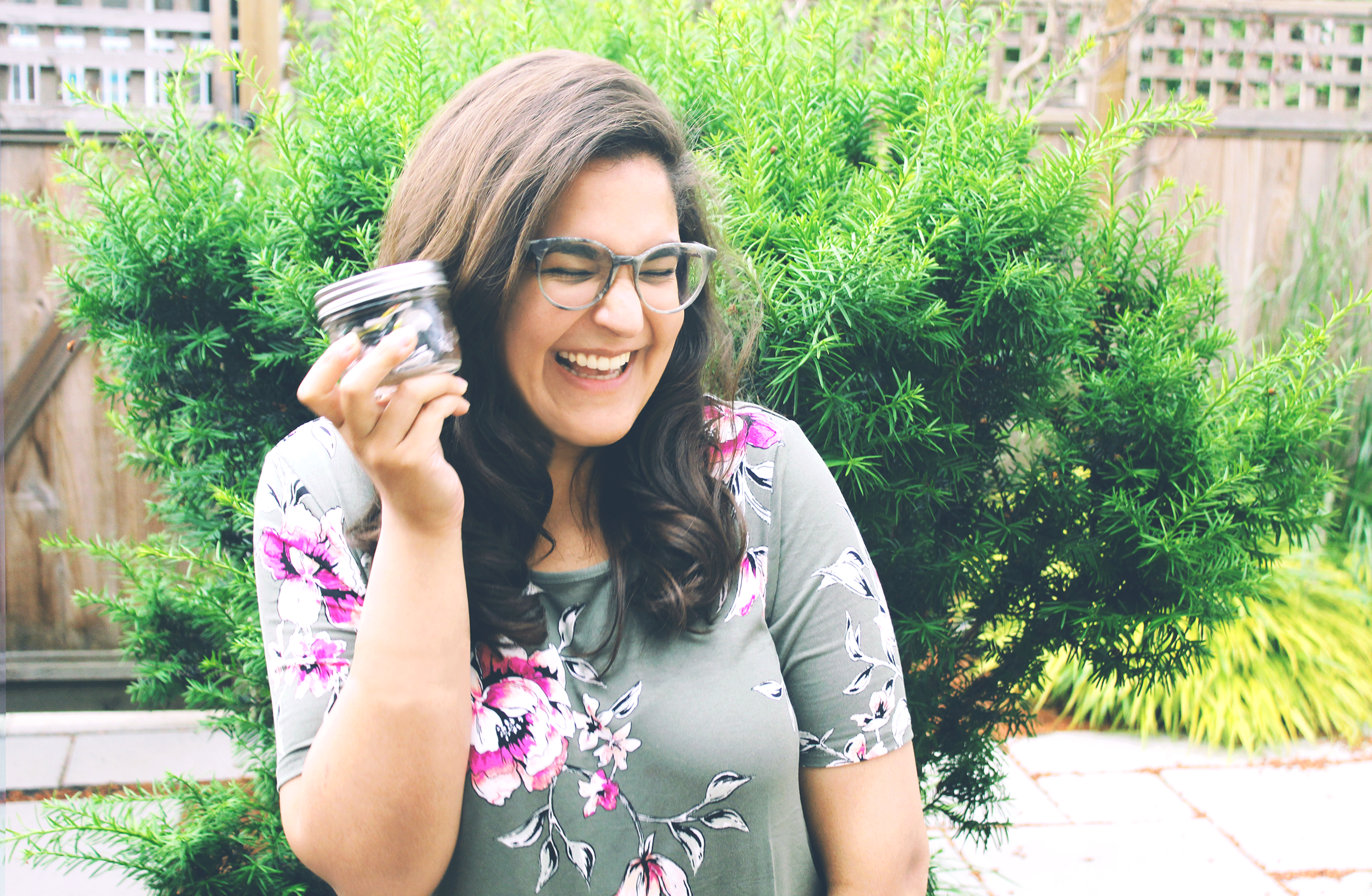
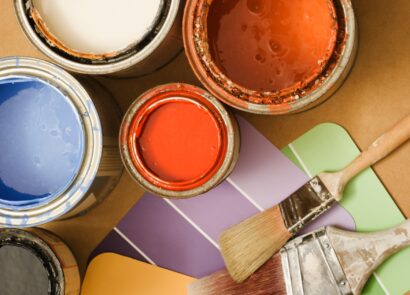
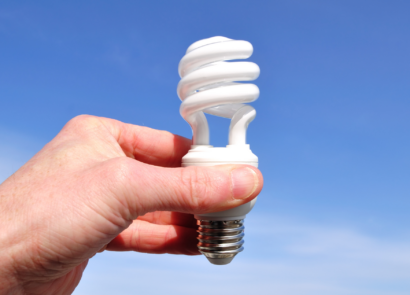
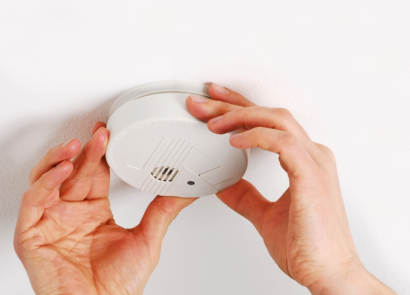
Comments